Ho Chi Minh City currently has 19 colleges and 20 public secondary schools. Of the colleges, 14 units are partially self-funding their regular expenses, 4 units are self-funding their regular expenses, and 1 unit is self-funding their regular expenses and investment expenses.
Experience from practice
According to the draft plan to arrange public service units in Ho Chi Minh City, it is expected that Ho Chi Minh City will have 13 units that are partially self-sufficient in regular expenses (10 units will increase their level of self-sufficiency in regular expenses from 2028 and 3 units will increase their level of self-sufficiency in regular expenses from 2030); 4 units will self-sufficient in regular expenses; 2 units will ensure regular expenses and investment expenses. The draft clearly states that by 2030, 100% of vocational education institutions will be self-sufficient in regular expenses, and there will be no more vocational schools that partially self-sufficient in regular expenses.
Speaking to reporters, Dr. Dinh Van De, acting principal of Ly Tu Trong College in Ho Chi Minh City, said that the school is one of 14 units that are self-sufficient in revenue and expenditure. According to the draft, the school will be the unit in charge of the merger, and the merged unit will be the College of Information and Communication. After the merger, the school will have two similar training fields (technical and linguistic), keeping the name Ly Tu Trong College in Ho Chi Minh City.
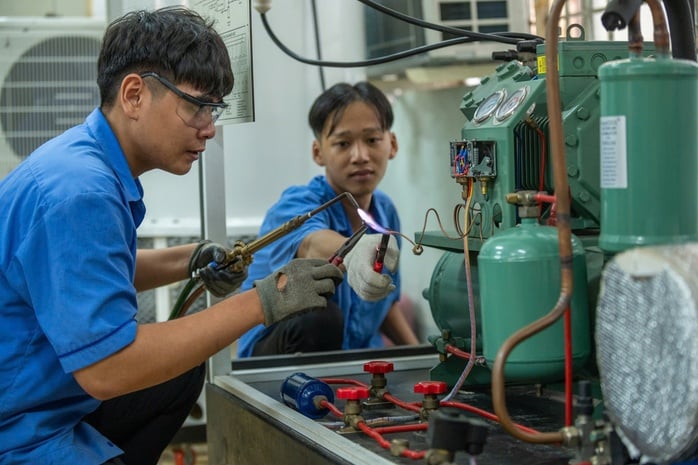
Students of Ly Tu Trong College, Ho Chi Minh City during practice hours
Dr. Dinh Van De assessed that the issue of merging vocational schools brings advantages in streamlining the apparatus, re-planning the training network, avoiding duplication and waste of resources, while expanding the scale of training and improving quality. However, schools also face difficulties. Specifically, merging "as is" can lead to many shortcomings in management, operation, as well as upgrading and effectively using the facilities of old schools. This leads to a shortage of facilities after merging into the main facility. "Many vocational schools before merging may not be able to recruit students for many years, leading to financial difficulties, affecting their ability to operate after the merger. After the merger, the main facility must pay income to newly recruited personnel, making it difficult for operating costs of the new apparatus..." - Dr. Dinh Van De analyzed.
The period from 2009 to 2017 is considered the "golden" period of Ho Chi Minh City Polytechnic College. During this period, the enrollment scale was maintained at a steady level of 600-700 targets per year. However, in recent years, enrollment has gradually encountered many difficulties. In the context of the vocational education system promoting mergers, Dr. Dang Van Sang, Principal of the school, expressed concern: "If the merger does not follow a suitable roadmap, it may pose risks, especially losing the strengths of each school, creating anxiety for lecturers and students, or causing problems in administration."
Dr. Sang believes that priority should be given to merging schools with the same training majors, helping to maximize professional advantages and effectively utilize teaching staff and facilities. At the same time, streamlining management and improving the quality and attractiveness of the vocational education system.
"Unleash" vision
Having been involved in vocational education for more than 16 years, Dr. Hoang Ngoc Vinh, former Director of the Department of Vocational Education, Ministry of Education and Training , commented that the picture of vocational education in recent years has changed but is not uniform. There are schools with good investment, dynamic staff, effective cooperation with businesses, but this number is very small, the majority of schools still have scattered investment, lack of key professions, limited management and teaching staff, and patchwork innovation. In particular, the team making policies on vocational education still has limited capacity, little understanding and vision is still tied by the habit of subsidizing from the budget.
"Institutional constraints, many ministries and sectors managing together cause overlap; the connection between general education - vocational training - university is still stuck. Vocational education has bright spots, but to be strong, it must overcome shortcomings in governance, policy, investment and social awareness" - Dr. Vinh affirmed.
Sharing the same view, Associate Professor - Master Lam Van Quan, Chairman of the Ho Chi Minh City Vocational Education Association, said that vocational education is currently subject to the adjustment of many important documents such as Resolution 71-NQ/TW on breakthroughs in education and training development, Resolution 57-NQ/TW on breakthroughs in science and technology development, innovation and national digital transformation; the Law on Vocational Education (2014) is being amended.
"In the process of transferring management from the Ministry of Labor, War Invalids and Social Affairs to the Ministry of Education and Training, there are still overlaps in occupational standards, quality control and management authority. I consider this a "big pain" for the system. The early promulgation of the Law on Vocational Education (amended) is extremely urgent. This will be the key to unifying institutions, eliminating fragmentation, creating a transparent legal environment and improving overall operational efficiency" - Associate Professor - Master Lam Van Quan expressed.
According to Dr. Hoang Ngoc Vinh, merging and consolidating only the main points cannot change the situation of vocational education. Do not think that vocational education is similar to universities. Vocational education has its own strengths, if exploited well, it will create different values. "If we want to improve the quality, we must not only streamline the mechanism, but also proactively innovate the management model, increase training efficiency, clearly define our market share, and not compete unequally with universities" - Dr. Hoang Ngoc Vinh emphasized.
"Link - raise standards"
According to Dr. Hoang Ngoc Vinh, the best way is to merge according to the "linkage - standard improvement" model. Weak schools merge with strong schools but still maintain their specific professions, and their reputation is consolidated and spread.
The government can encourage alliance and consortium models like the Singapore Institute of Technical Education (ITE), and then proceed to merge legal entities when ready. "The most important thing is to balance interests, maintain the reputation of the school, utilize resources of weak schools and prioritize training quality. Thus, streamlining the new system ensures that learners and businesses are not disadvantaged" - Dr. Hoang Ngoc Vinh suggested.
Schools need to proactively adapt.
On the afternoon of October 10, the Department of Education and Training of Ho Chi Minh City coordinated with Vien Dong College to organize a conference "Giving opinions and guidance on building the Ho Chi Minh City Vocational Education Development Strategy for the period 2025-2030, with a vision to 2045".
Ms. Truong Hai Thanh, Deputy Director of the Department of Education and Training of Ho Chi Minh City, emphasized that the conference aimed to specify the key tasks and solutions according to Resolution No. 71-NQ/TW dated August 22, 2025 of the Politburo on breakthroughs in education and training development, as well as Decision No. 1705/QD-TTg of the Prime Minister approving the Education Development Strategy to 2030, vision 2045. The conference is an opportunity for vocational training institutions to exchange and share experiences, and contribute ideas for the industry's development strategy in the new period.
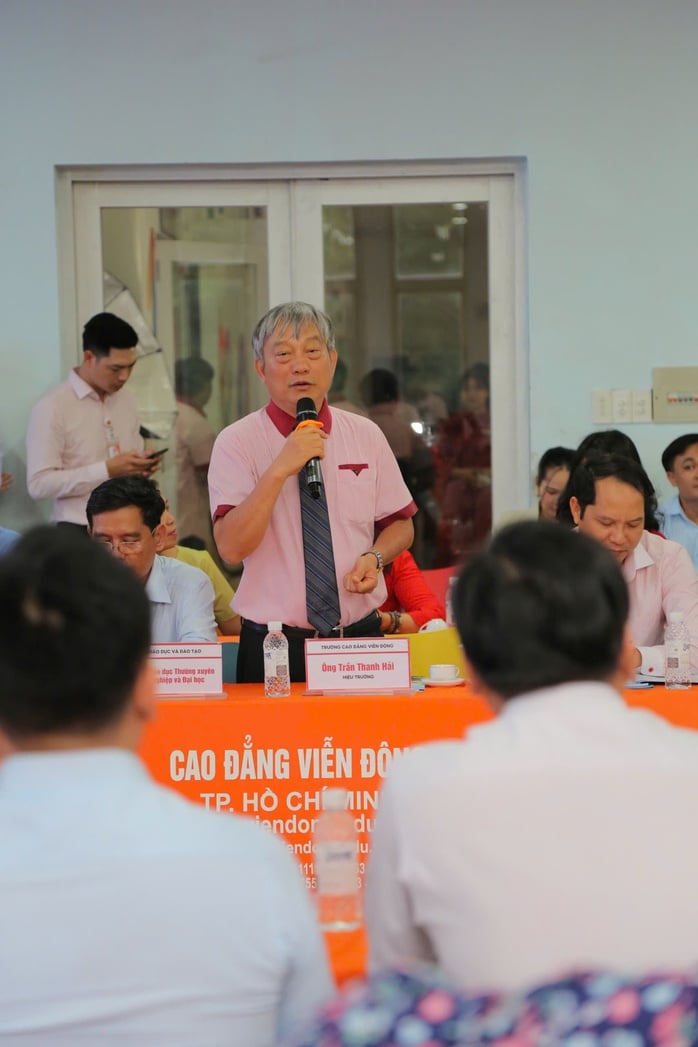
Delegates from vocational training institutions and colleges exchanged and contributed ideas at the conference.
At the conference, Mr. Nguyen Chi Thanh, Deputy Head of the Department of Continuing Education - Vocational and University, Department of Education and Training, presented the strategic orientation for vocational education development in Ho Chi Minh City for the period 2025-2030, with a vision to 2045. Accordingly, Ho Chi Minh City sets a target of having 87% of trained workers with degrees and certificates by 2025, and 87.4% by 2026; 100% of vocational education institutions develop unit development strategies; 70% of institutions achieve quality accreditation; develop 7 high-quality schools; and at the same time implement the cooperation model "State - School - Enterprise" and "One program - two locations".
During the discussion, representatives of vocational training institutions raised many practical opinions on the issue of autonomy, mergers and reorganization of the school system. Many opinions said that financial autonomy should be oriented according to the training ordering mechanism to ensure efficiency and transparency.
In addition, delegates also expressed concerns about the merger of schools in different locations, saying that it is necessary to consider the convenience of students in learning and post-merger management. Some opinions suggested organizing more in-depth conferences for leaders of educational institutions to discuss and clarify the regulations in Decree 71 and 68, helping practical implementation to be more effective.
In his speech, Mr. Truong Anh Dung, Director of the Department of Vocational Education and Continuing Education (Ministry of Education and Training), emphasized the streamlining of the vocational education system to create new momentum and focus development resources, in line with the spirit of Resolution 71-NQ/TW. He said that in the current context of strong innovation, schools need to proactively adapt to meet the development requirements of the new era.
Besides, regarding the issue of how we can approach the world's advanced levels, in addition to international cooperation programs, inviting foreign experts to teach, this resolution also sets out a mechanism to allow the establishment of branches and foreign educational institutions in our country, so that our country can quickly approach and integrate, which is the driving force for our country's education system to innovate.
Ms. Truong Hai Thanh affirmed that the Department of Education and Training of Ho Chi Minh City will absorb all the opinions of the delegates, complete the plan and guide the establishments to build a development strategy for the period 2025-2030, with a vision to 2045, contributing to the goal of developing high-quality human resources, serving the industrialization and modernization of Ho Chi Minh City and the country.
News and photos: V.Nhi
Source: https://nld.com.vn/som-dut-diem-chong-cheo-trong-dao-tao-nghe-196251010210909201.htm


![[Photo] Opening of the World Cultural Festival in Hanoi](https://vphoto.vietnam.vn/thumb/1200x675/vietnam/resource/IMAGE/2025/10/10/1760113426728_ndo_br_lehoi-khaimac-jpg.webp)



![[Photo] General Secretary attends the parade to celebrate the 80th anniversary of the founding of the Korean Workers' Party](https://vphoto.vietnam.vn/thumb/1200x675/vietnam/resource/IMAGE/2025/10/11/1760150039564_vna-potal-tong-bi-thu-du-le-duyet-binh-ky-niem-80-nam-thanh-lap-dang-lao-dong-trieu-tien-8331994-jpg.webp)
![[Photo] Ho Chi Minh City is brilliant with flags and flowers on the eve of the 1st Party Congress, term 2025-2030](https://vphoto.vietnam.vn/thumb/1200x675/vietnam/resource/IMAGE/2025/10/10/1760102923219_ndo_br_thiet-ke-chua-co-ten-43-png.webp)







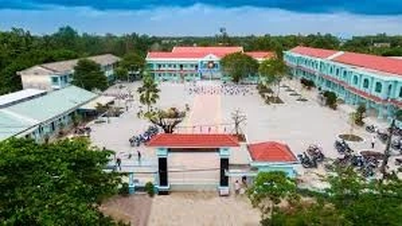





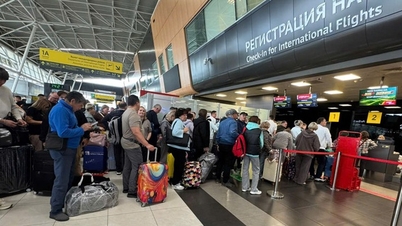
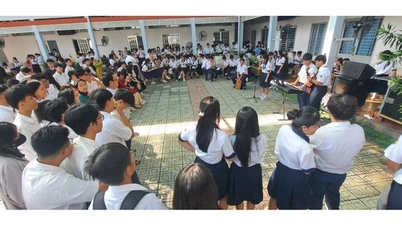















































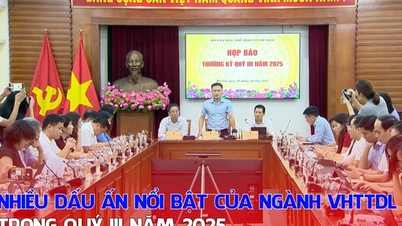
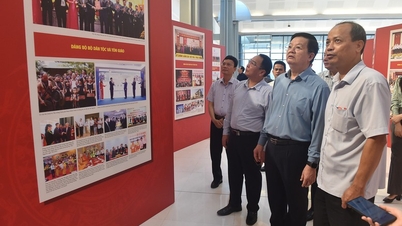


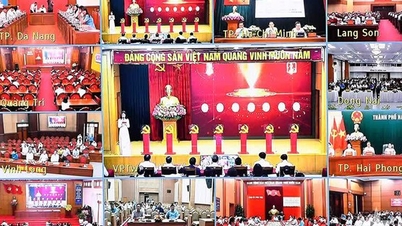


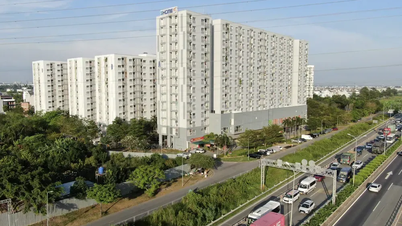


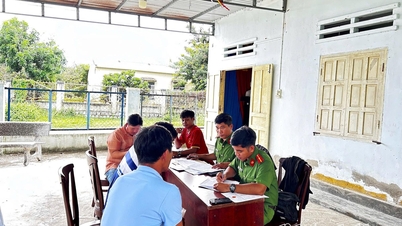



















Comment (0)